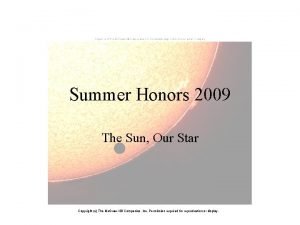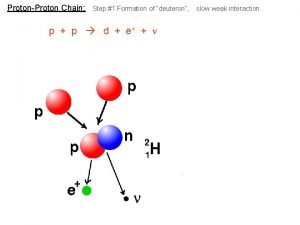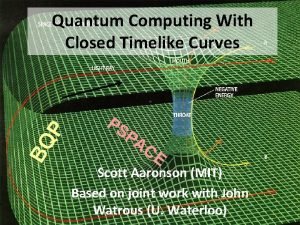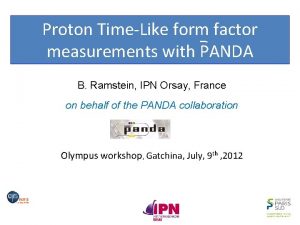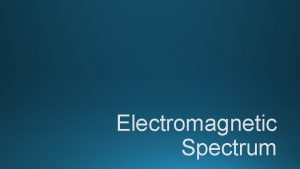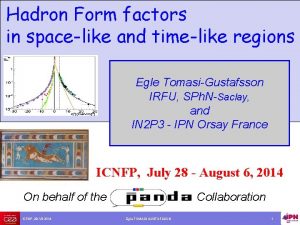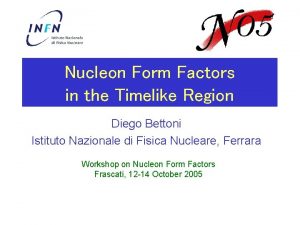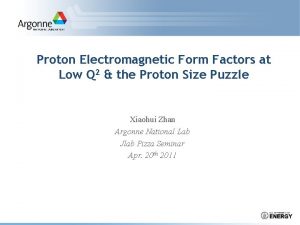Proton Timelike Form Factors The electromagnetic form factors








- Slides: 8

Proton Timelike Form Factors The electromagnetic form factors of the proton in the time-like region can be extracted from the cross section for the process: pp e+e. First order QED predicts: Data at high Q 2 are crucial to test the QCD predictions for the asymptotic behavior of the form factors and the spacelike-timelike equality at corresponding values of Q 2. D. Bettoni - Proton Form Factors 1

Predictions of nucleon form factors are applicable up to high Q 2 in both the spacelike and timelike regions. • Perturbative QCD and analyticity relate timelike and spacelike form factors, predicting a continuous transition and spacelike-timelike equality at high Q 2. • At high Q 2 PQCD predicts: • F 1 and F 2 are the Dirac and Pauli form factors respectively. PQCD and analyticity predict: There are several unexpected features in the existing data which deserve further experimental investigation: • Threshold Q 2 dependence. • High Q 2 predictions. • Resonant structures. D. Bettoni - Proton Form Factors 2

Threshold Q 2 Dependence Steep behaviour near threshold observed by PS 170 at LEAR D. Bettoni - Proton Form Factors 3

High-Q 2 predictions The dashed line is the PQCD fit. The dot-dashed line represents the dipole behaviour of the form factor in the spacelike region for the same values of |Q|2. The expected Q 2 behaviour is reached quite early, however there is a factor of two between timelike and spacelike data measured at the same |Q|2. D. Bettoni - Proton Form Factors 4

Resonant Structures The dip in the total multihadronic cross section and the steep variation of the proton form factor near threshold may be fitted with a narrow vector meson resonance, with a mass M 1. 87 Ge. V and a width 10 -20 Me. V, consistent with an N N bound state. These considerations strongly support the importance of a new measurement of the neutron proton timelike form factors with much higher statistics than previous work and with the capability of separately determining the electric and magnetic form factors. D. Bettoni - Proton Form Factors 5

Measurement of the Form Factor E 835 statistics not sufficient to measure the angular distribution (and thus determine GE and GM separately. Calculate GM under two hypotheses: • (a) GE = GM • (b) GE contribution negligible D. Bettoni - Proton Form Factors 6

E 835 Form Factor Measurement The dashed line is the PQCD fit: s (Ge. V 2) 102 |GM| (a) 102 |GM| (b) 11. 63 12. 43 D. Bettoni - Proton Form Factors 7

Future Measurements of the Proton Timelike FF • Measurements at e+e- machines (to be checked): – – – Ba. Bar Belle CLEO-III/CLEO-C BES Daphne VEPP • Measurements at p p machines: – PANDA D. Bettoni - Proton Form Factors 8
